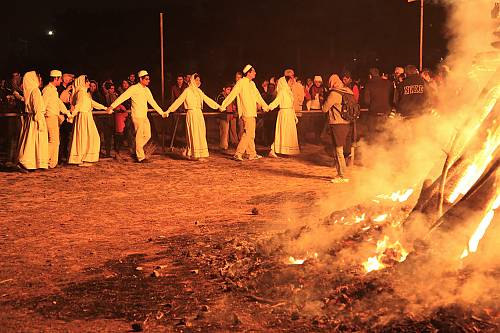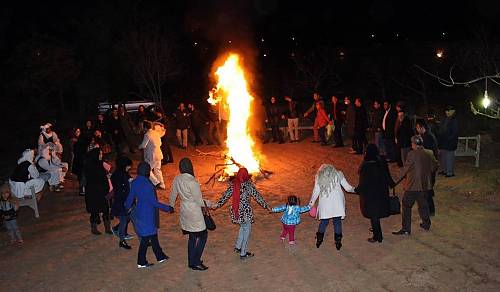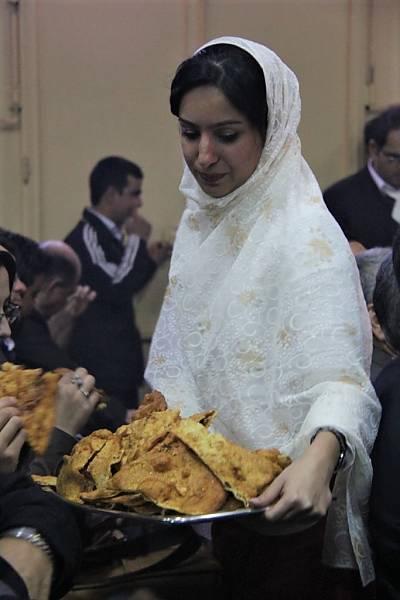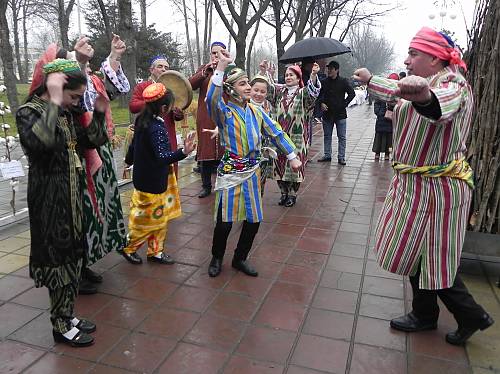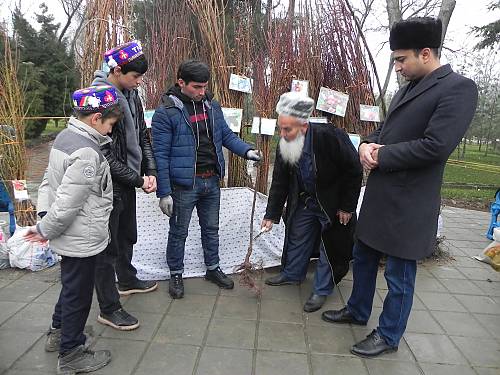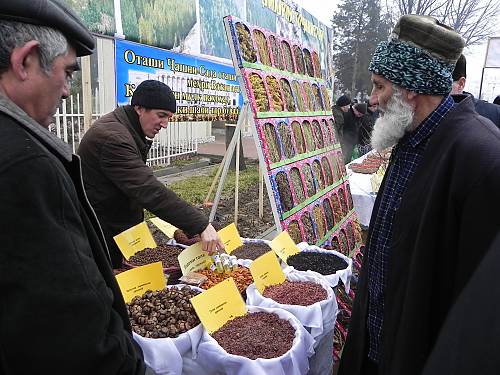Sadeh/Sada celebration
Iran (Islamic Republic of) Tajikistan
Inscribed in 2023 (18.COM) on the Representative List of the Intangible Cultural Heritage of Humanity
Sadeh, or Sada, is a celebration held annually on 30 January. In the folk calendar, it marks the day when farmlands are prepared for their next spring plantation and when people celebrate the end of the coldest winter days, with 50 days and 50 nights remaining to spring. Accordingly, ‘Sadeh’ means ‘one hundred’. The element enjoys diverse manifestations in Iran and Tajikistan. It involves singing, dancing and praying around a fire and offering blessings and dry or fresh fruits. The day also marks the traditional start of agricultural work for the new season, with farmers sprinkling fertilizer in their lands and gardeners pruning their trees and bushes. After the Sadeh celebration, people in the villages meet outdoors to collectively clean water-streams and pools and to repair bridges. In both countries, the practice, including the preparation of traditional dishes, is transmitted through participation, observation and storytelling. Media, social networks, scientific works, articles, conferences and symposiums also contribute to the transmission of Sadeh. The practice unites people from different cultural, ethnic and religious backgrounds, providing an opportunity for peaceful interactions around agricultural and food traditions and promoting diversity and the continuation of oral expressions and memory.


